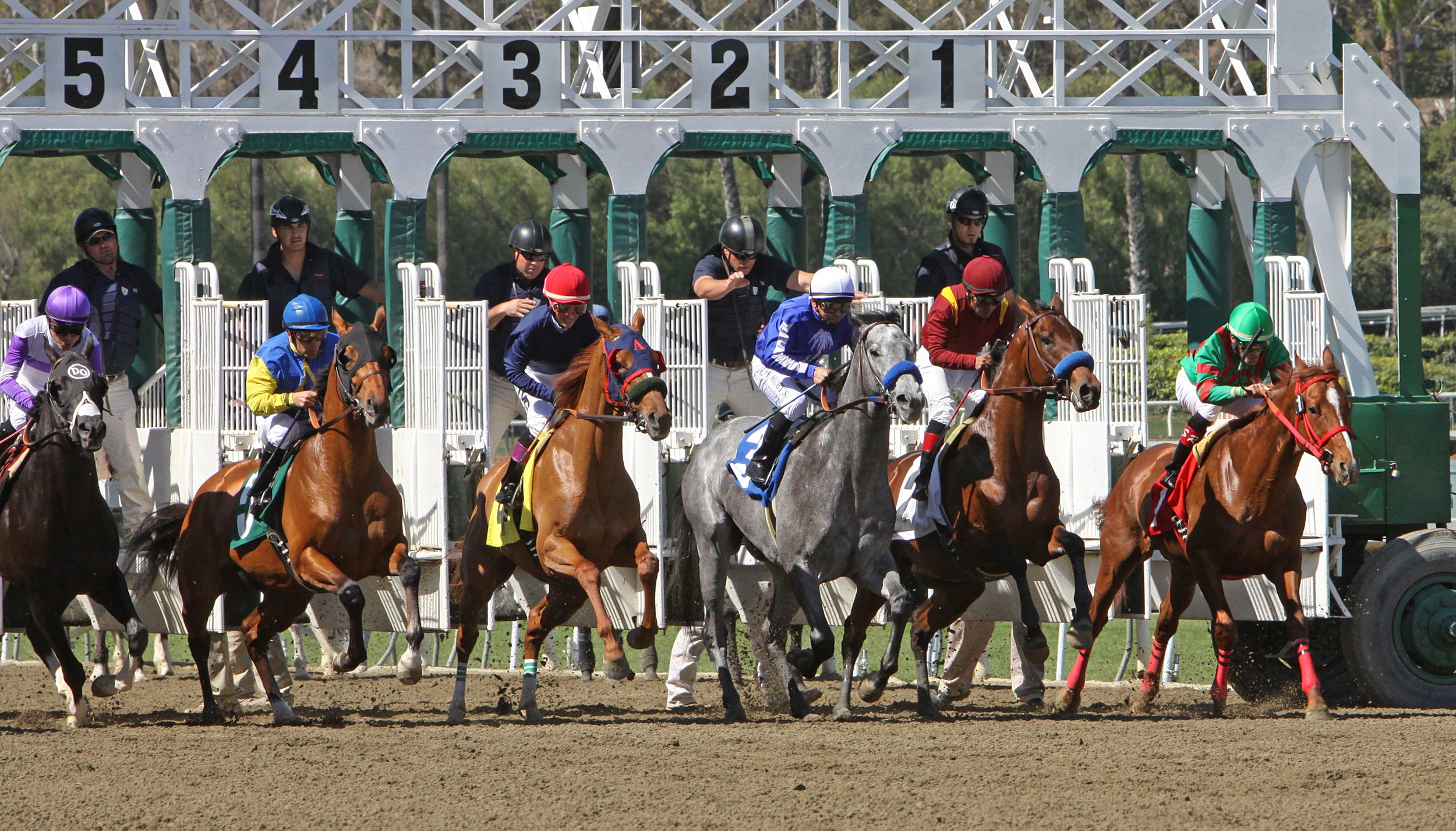Syndicates & Strategy: Understanding the P.A.T.S. of Horse Ownership
Churchill Downs Racing
🐎📊 Because ownership isn’t just mint juleps and Instagram stories—it’s also spreadsheets, splits, and strategy.
Picture it—Derby Day. The energy is electric. Hats are tilted just right, hooves are pounding, and the mint juleps are flowing. Everyone’s dreaming of the Run for the Roses, but for some lucky (and organized) folks, that dream is more than just a bucket list fantasy—it’s personal.
Here in Kentucky, owning a racehorse isn’t just a conversation starter—it’s a shared experience. And one of the most exciting (and accessible) ways to get in on the action is through a syndicate. Whether you’re standing trackside with your group in coordinated silks, soaking in the sunrise at Dawn at the Downs or cheering on the big screens in the luxury cigar bar at The Louisville Thoroughbred Society, there’s nothing quite like the thrill of watching your horse stretch out on that final turn.
And for those who’ve ever dreamed of being able to say, “I own a leg,” it’s not out of reach. Syndicates make it possible for everyday investors to become part of the story—without needing to bankroll the entire barn.
But let’s be real—horse ownership is more than high-fives and Winner’s Circle photos. It’s real money, real strategy, and yes, real QuickBooks entries.
Let’s take a look behind the scenes using the P.A.T.S. framework:
Purchase, Allocation, Training, and Syndicate Management.
🐴 P is for Purchase
Ownership starts with the purchase—but you're not just buying a horse. You’re buying into a full process: bloodline research, vet checks, agent commissions, insurance, and sales tax. Whether it’s a flashy yearling at Keeneland or a hard-knocking claimer off the track, the upfront costs are real.
In most syndicates, members pool capital for the initial purchase, which means your accounting needs to track who contributed what, when, and how much they own from the start.
📌 Tip: Set up a project or class in your accounting system dedicated to the horse purchase. That way, you’re not sorting receipts and group texts come tax time (or payout time).
📊 A is for Allocation
Ownership percentages aren’t just about bragging rights—they impact everything: purse winnings, decision-making power, future capital calls, and tax reporting. Whether you're in for 5% or 50%, it should be clearly defined, documented, and reflected in your books.
Especially when structured as an LLC or partnership, proper tracking of member equity and profit shares is essential for both legal and financial clarity.
📌 Tip: Use owner equity accounts that mirror each syndicate member’s ownership percentage. Adjust as needed if additional capital is contributed later.
🏇 T is for Training (and Everything That Comes With It)
Here’s where the recurring costs start rolling in. Training isn’t just morning workouts—it includes trainer fees, vet bills, farrier visits, barn staff, supplements, travel, and the occasional stall wall repair (yes, that happens).
These costs often fluctuate month to month and can be shared across multiple horses or syndicates, making proper categorization a must.
📌 Tip: Set up recurring journal entries for fixed training costs and use classes to allocate expenses by horse or group.
🤝 S is for Syndicate Management
Every syndicate needs someone to steer the ship—someone handling invoices, distributions, reporting, and communication. Syndicate management means tracking purse winnings, allocating distributions, handling tax filings, and fielding member questions along the way.
It’s not just about keeping things organized—it’s about keeping things running fairly and transparently.
📌 Tip: Record purse winnings as income by class or project. Set up automated calculations for distribution splits based on ownership percentages. Your group will appreciate knowing where the money is—and when it’s coming.
📈 By the Numbers: Kentucky’s Horse Industry
This isn’t just about tradition—it’s big business. Consider:
The Kentucky horse industry is valued at $27.7 billion
More than 209,000 horses call the state home
Thoroughbred racing supports over 60,000 jobs, from trainers and grooms to veterinarians and farm workers
In short, racing is more than a sport here—it’s a cornerstone of the economy, with deep roots and wide-reaching impact.
🎯 Final Word: Real Investment. Real Returns. Real Fun.
Syndicates are business partnerships, no doubt about it. But they’re also an incredible way to experience the sport up close—especially in Kentucky. Whether you’re standing at the rail in your Derby best, sharing a group text after a maiden win at Turfway, or celebrating at The Louisville Thoroughbred Society, it’s a connection you don’t forget.
For some, it’s about return on investment. For others, it’s about the joy of being part of something bigger. And for most? It’s a bit of both.
So whether you’re a numbers nerd, a racing romantic, or somewhere in between, syndicate ownership is a way to blend community, capital, and competition in the most Kentucky way possible.
Here’s to Derby Dreams
~ Sheri
📌 Up Next in Our Derby Series:
“Aging Like a Bourbon Barrel: Why Kentucky’s Favorite Spirit Is a Long-Term Investment”
Because whether it’s thoroughbreds or small-batch barrels, we know a thing or two about playing the long game around here.

